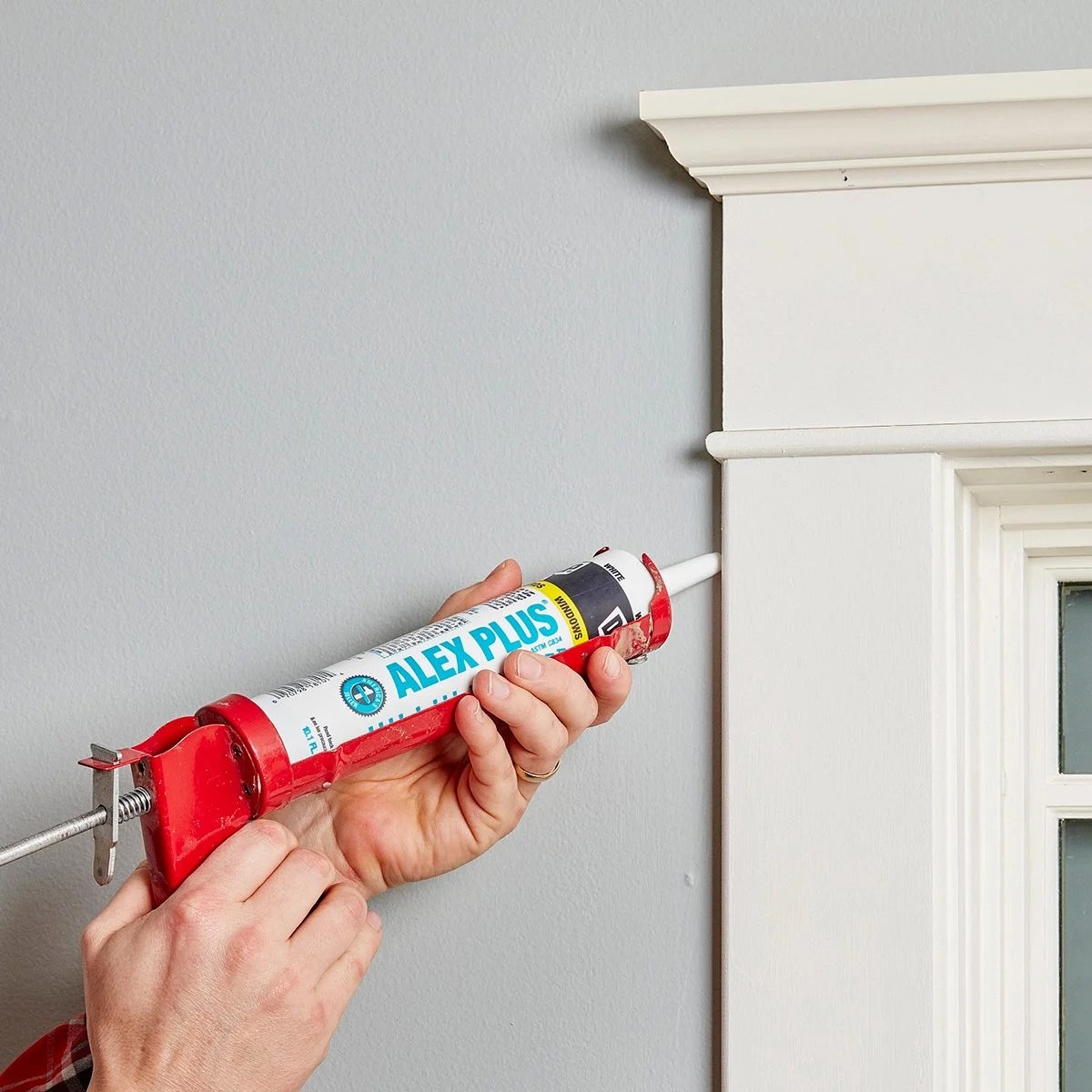Wipes containers, the unsung heroes of hygiene, stand tall as the guardians of cleanliness, ensuring a germ-free environment wherever they reside. From homes to hospitals, these humble yet mighty vessels safeguard our well-being, making them indispensable tools in the battle against dirt and grime.
Join us on an enlightening journey as we delve into the world of wipes containers, exploring their diverse types, innovative designs, and the myriad benefits they bring. Discover the secrets of proper usage, maintenance, and disposal, empowering you to harness the full potential of these sanitation stalwarts.
Container Overview: Wipes Container
Wipes containers are designed to store and dispense wipes conveniently. They come in various types to accommodate different wipe materials and disposal methods.
The primary purpose of a wipes container is to keep wipes moist and protected from drying out. It also provides a hygienic way to store and dispense wipes, reducing the risk of contamination.
Types of Wipes Containers
Wipes containers vary based on the type of wipes they hold and their disposal methods.
- Flushable Wipes Containers:Designed for flushable wipes, these containers allow for easy disposal by flushing the wipes down the toilet.
- Non-Flushable Wipes Containers:Intended for non-flushable wipes, these containers must be disposed of in the trash to avoid clogging plumbing systems.
- Biodegradable Wipes Containers:Made from biodegradable materials, these containers are designed to break down naturally in landfills, reducing environmental impact.
Container Design and Materials
Wipes containers are designed to protect and dispense wipes conveniently. They come in various sizes, shapes, and materials, each with its own advantages and considerations.
- Plastic:Plastic is a lightweight, durable, and inexpensive material commonly used for wipes containers. It allows for transparency, enabling users to see the remaining wipes easily.
- Metal:Metal containers are sturdy and can withstand heavy use. They are often used for industrial or commercial applications where durability is essential.
- Cardboard:Cardboard containers are lightweight and biodegradable, making them an eco-friendly option. However, they may not be as durable as plastic or metal.
The design of wipes containers also plays a crucial role in their functionality. Factors to consider include:
- Size:Containers come in various sizes to accommodate different quantities of wipes and suit different usage scenarios.
- Shape:The shape of the container can impact its portability and ease of use. Round containers may roll easily, while rectangular containers offer stability.
- Dispensing mechanisms:Wipes containers employ different dispensing mechanisms, such as pop-up lids, pull-out trays, or tear-off perforations, to facilitate convenient and hygienic wipe removal.
By understanding the materials and design considerations involved in wipes containers, users can make informed choices based on their specific needs and preferences.
Container Features and Benefits
Wipes containers come with a range of features that enhance their functionality and convenience. These features include:
Handles
Many wipes containers have built-in handles for easy carrying. This is especially useful for larger containers that may be difficult to hold or transport without a handle.
Lids, Wipes container
Lids are essential for keeping wipes moist and preventing them from drying out. They also help to keep the wipes clean and free from contaminants.
Scents
Some wipes containers are scented with pleasant fragrances. This can help to mask the odor of the wipes and make them more enjoyable to use.
Benefits of Using Wipes Containers
Using wipes containers offers several benefits, including:
- Hygiene:Wipes containers help to keep wipes clean and free from contaminants, reducing the risk of infection.
- Convenience:Wipes containers make it easy to dispense wipes, even with one hand.
- Portability:Wipes containers are portable, making it easy to take wipes with you wherever you go.
Container Usage and Maintenance
Wipes containers are essential for keeping wipes moist and preventing them from drying out. To ensure the optimal performance and longevity of your wipes, proper usage and storage are crucial. Additionally, responsible disposal and recycling practices are essential for environmental sustainability.
Proper Usage and Storage
- Keep the lid closed when not in use:This prevents the wipes from drying out and ensures they remain moist.
- Store in a cool, dry place:Avoid exposing the container to direct sunlight or heat, as this can cause the wipes to deteriorate.
- Use the wipes within the recommended time frame:Most wipes have a shelf life of around two years. After this period, the wipes may lose their effectiveness or become less moist.
Disposal and Recycling
Wipes containers are typically made from plastic, which is recyclable in many areas. To properly dispose of your wipes container, follow these steps:
- Empty the container completely:Remove all remaining wipes and dispose of them in the trash.
- Rinse the container thoroughly:Use water to remove any residual wipes or cleaning solution.
- Check local recycling guidelines:Determine if your local recycling program accepts plastic containers. If so, place the rinsed container in the designated recycling bin.
- Dispose of in the trash if not recyclable:If your local recycling program does not accept plastic containers, dispose of the empty and rinsed container in the trash.
Container Market and Trends
The global wipes container market is a rapidly growing industry, driven by increasing demand for hygiene and convenience. The market is expected to reach USD 10 billion by 2026, expanding at a CAGR of 5.5% from 2021 to 2026.The growing awareness of hygiene and sanitation practices, particularly in developing countries, is a major factor contributing to the market growth.
The increasing use of wipes for personal hygiene, surface cleaning, and healthcare applications is fueling the demand for efficient and convenient storage solutions.
Emerging Trends and Innovations
The wipes container industry is witnessing several emerging trends and innovations. These include:
- Sustainability:Manufacturers are focusing on developing eco-friendly and biodegradable wipes containers to reduce environmental impact.
- Smart Packaging:The integration of smart technologies, such as RFID tags and sensors, is enhancing the functionality and convenience of wipes containers.
- Customization:Consumers are demanding personalized and customized wipes containers that align with their specific needs and preferences.
These trends are shaping the future of the wipes container industry, driving innovation and enhancing the user experience.
Container Sustainability
Wipes containers have a significant environmental impact due to their plastic composition. Conventional plastic containers often end up in landfills or as litter, contributing to plastic pollution and harming ecosystems. However, there are increasing efforts towards sustainable practices and initiatives to reduce the environmental footprint of wipes containers.
Biodegradable and Compostable Containers
One approach to sustainability is the use of biodegradable and compostable containers. These containers are made from plant-based materials, such as cornstarch or sugarcane, which break down naturally in the environment. This reduces the accumulation of plastic waste and promotes the circular economy.
Recyclable Containers
Another sustainable practice is the use of recyclable containers. These containers are designed to be easily recycled, allowing them to be transformed into new products. This reduces the demand for virgin plastic and helps conserve natural resources.
Refill Systems
Refill systems offer another sustainable solution. Instead of purchasing new containers, consumers can refill existing ones with wipes. This reduces the amount of plastic waste generated and promotes responsible consumption.
Consumer Awareness and Education
Raising consumer awareness about the environmental impact of wipes containers is crucial. Educating consumers about sustainable alternatives and proper disposal practices can encourage responsible choices and reduce the overall environmental footprint of wipes containers.
Ultimate Conclusion
As we bid farewell to our exploration of wipes containers, let us remember the profound impact they have on our lives. These unsung heroes, often overlooked, play a pivotal role in maintaining hygiene and preventing the spread of germs. By embracing the knowledge we have gained, we can use wipes containers wisely, ensuring a cleaner, healthier, and more convenient world for generations to come.
Helpful Answers
What are the different types of wipes containers available?
Wipes containers come in various types, including flushable, non-flushable, biodegradable, and antibacterial, each designed to meet specific needs and disposal requirements.
How should I properly use and store wipes containers?
To ensure optimal performance, store wipes containers in a cool, dry place, away from direct sunlight. Always keep the lid closed to prevent wipes from drying out.
What are the environmental considerations for wipes containers?
Opt for biodegradable or reusable wipes containers to minimize environmental impact. Dispose of wipes properly to avoid clogging plumbing or littering.

